In recent years, vertical gardening has surged in popularity as an efficient and space-saving way to grow vegetables. Whether you have limited garden space or simply want to maximize your growing area, vertical gardening offers a solution that’s both practical and visually appealing. In this article, we’ll delve into 11 vegetables that not only thrive when grown vertically but also offer a bountiful harvest to elevate your culinary creations and enhance your gardening experience.
Tomatoes:
Tomatoes are a quintessential choice for vertical gardening due to their vining nature. By providing sturdy supports such as trellises or cages, you can train tomato plants to grow upward, saving valuable ground space.

Indeterminate varieties, which continue to produce fruit throughout the growing season, are particularly well-suited for vertical gardening.
Peas:
Peas are cool-season vegetables that flourish when grown vertically. Their delicate tendrils eagerly grasp onto trellises or netting, allowing them to climb upward with ease.

Peas not only thrive in vertical gardens but also add a touch of freshness to salads, stir-fries, and other culinary creations.
Beans (such as pole beans):
Pole beans are a natural fit for vertical gardening, thanks to their climbing habit. These vigorous vines can reach impressive heights when provided with sturdy supports.
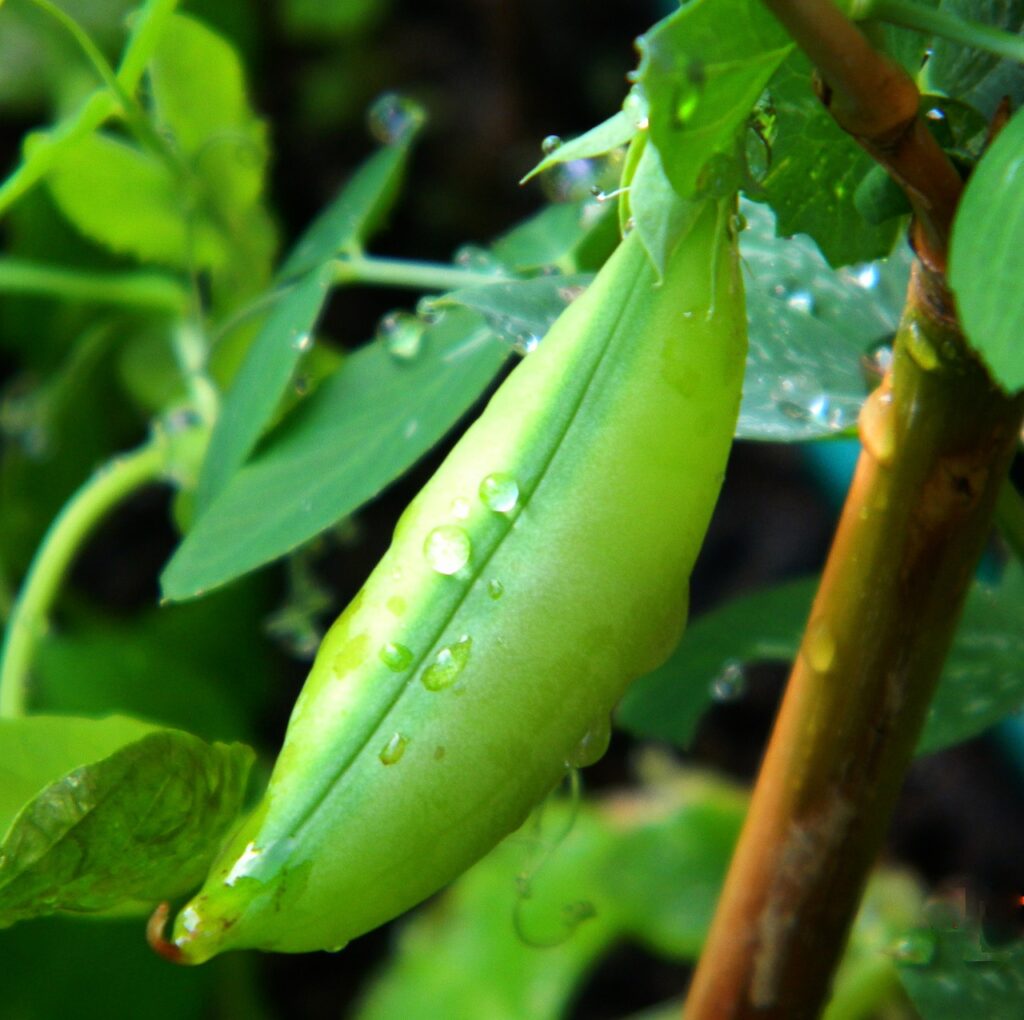
Growing pole beans vertically not only saves space but also facilitates harvesting, as the beans hang conveniently within reach.
Cucumbers:
Cucumbers are prolific climbers that readily adapt to vertical growing systems. By training cucumber vines to climb trellises or fences, you can prevent fruits from sprawling on the ground and reduce the risk of pests and diseases.
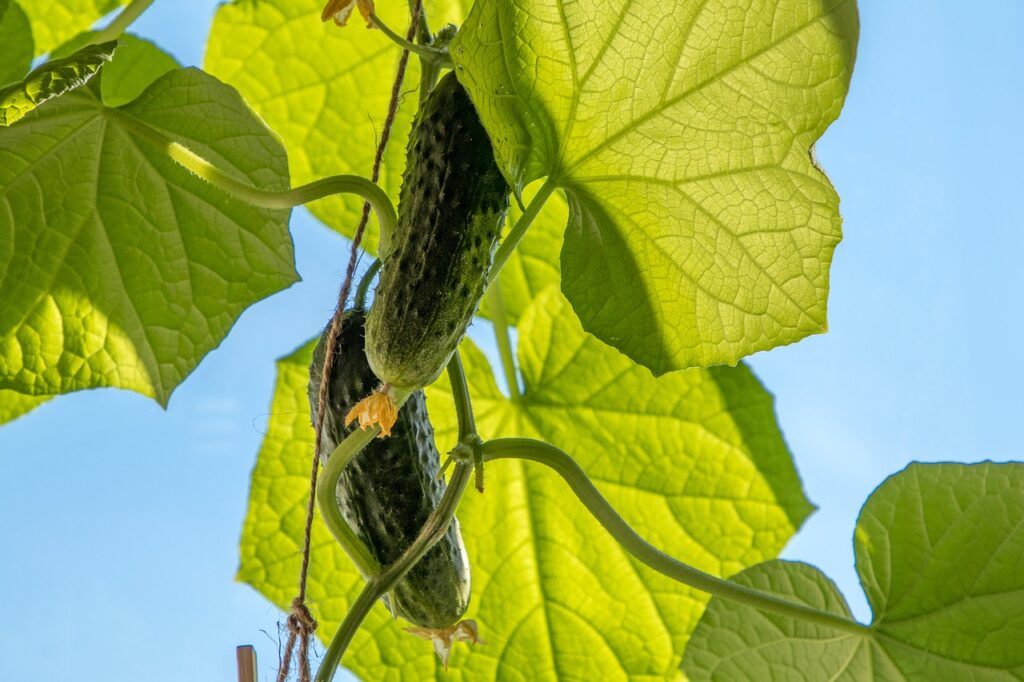
Vertical gardening also promotes air circulation around the plants, which can help prevent fungal issues.
Squash (including zucchini and summer squash):
While squash plants are typically sprawling in nature, certain varieties, such as vining types of zucchini and summer squash, can be trained to grow vertically.
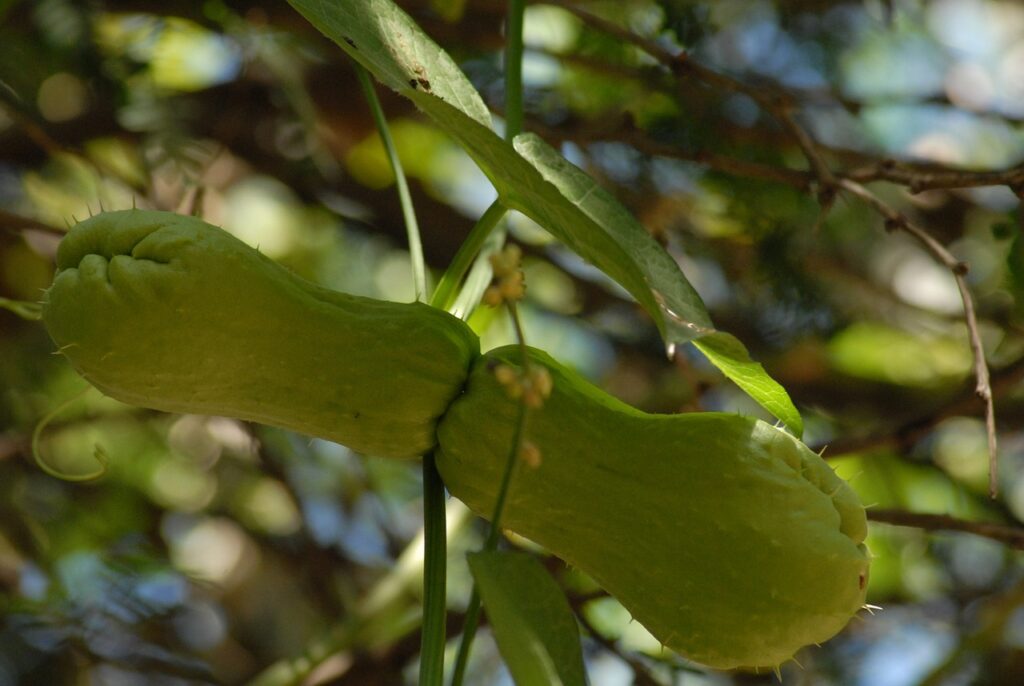
By providing adequate support and training the vines as they grow, you can enjoy a bountiful harvest of squash without sacrificing precious garden space.
Eggplant:
Eggplants may not be natural climbers, but with the help of trellises or stakes, they can be encouraged to grow vertically. Training eggplant vines upward not only conserves space but also helps prevent fruit rot by keeping the fruits off the ground.
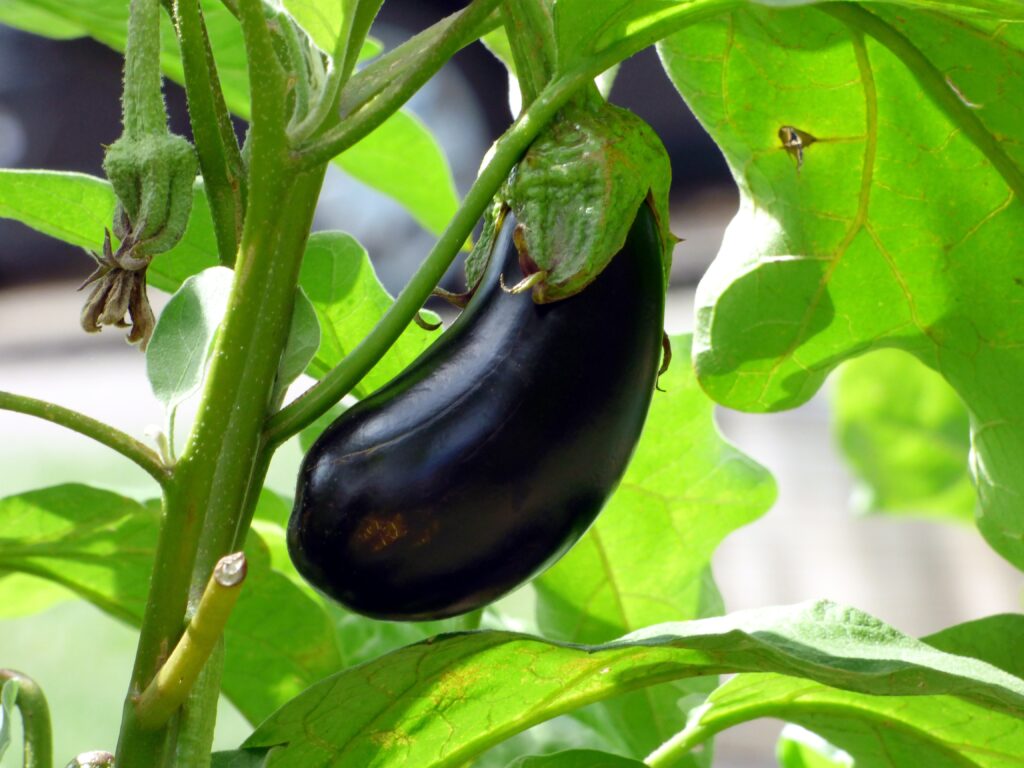
Compact or dwarf varieties are especially well-suited for vertical gardening.
Peppers (such as bell peppers):
Bell peppers, along with other pepper varieties, can thrive in vertical gardens with proper support.
By providing stakes or cages to support pepper plants as they grow, you can prevent them from sprawling and ensure optimal air circulation and sun exposure for healthy growth and abundant harvests.
Spinach:
While spinach may not climb like other vining vegetables, it can still thrive in vertical gardening systems such as stacked planters or wall-mounted planters.
Compact varieties of spinach are well-suited for vertical growing and can be harvested continuously for fresh, nutrient-rich greens.
Lettuce:
Lettuce is a versatile vegetable that adapts well to vertical gardening, especially when grown in hanging baskets or tiered planters.
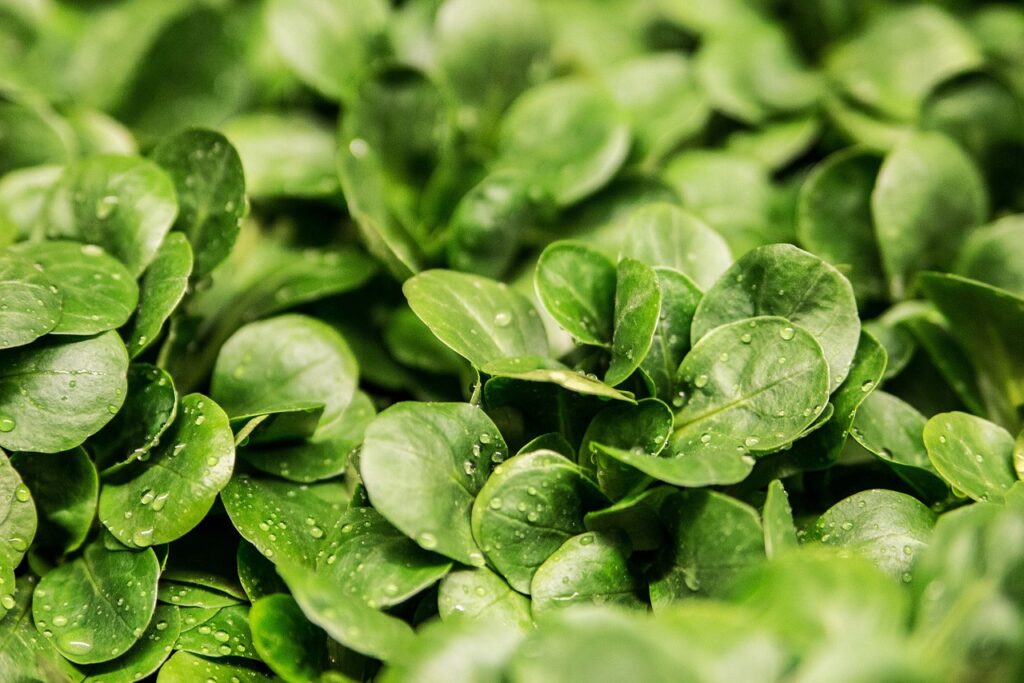
By planting lettuce vertically, you can make the most of limited space while enjoying a constant supply of crisp, flavorful greens for salads and sandwiches.
Kale:
Like spinach, kale can be grown vertically in stacked planters or wall-mounted containers. Vertical gardening allows you to grow kale in tight spaces while preserving valuable ground space for other crops.
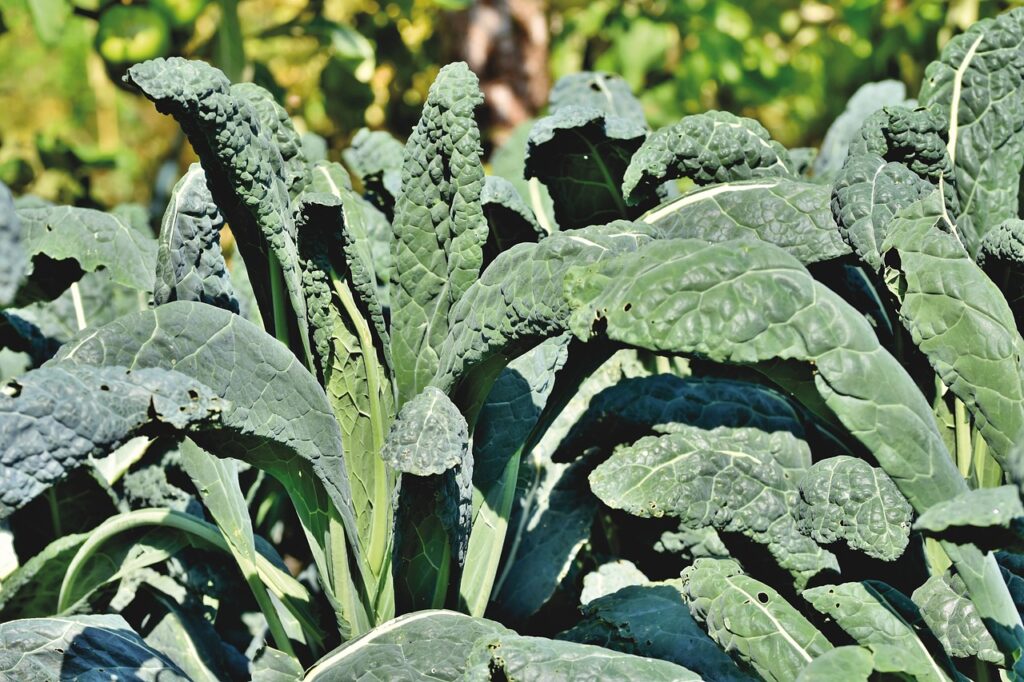
With its nutrient-rich leaves and striking appearance, kale is a welcome addition to any vertical garden.
Swiss chard
Swiss chard, with its colorful stems and nutritious leaves, is an excellent choice for vertical gardening. Whether grown in trellised containers or wall-mounted planters, Swiss chard adds visual interest to vertical gardens while providing a continuous harvest of tender greens for salads, sautés, and more.

In conclusion, vertical gardening offers a practical and space-saving solution for growing a wide range of vegetables. By choosing the right plants and providing adequate support, you can create a thriving vertical garden oasis that not only maximizes your growing space but also enhances the beauty of your outdoor space. Whether you’re a seasoned gardener or a novice enthusiast, these 11 vegetables are sure to flourish in your vertical garden, providing you with a bounty of fresh and nutritious produce to enjoy throughout the growing season.
